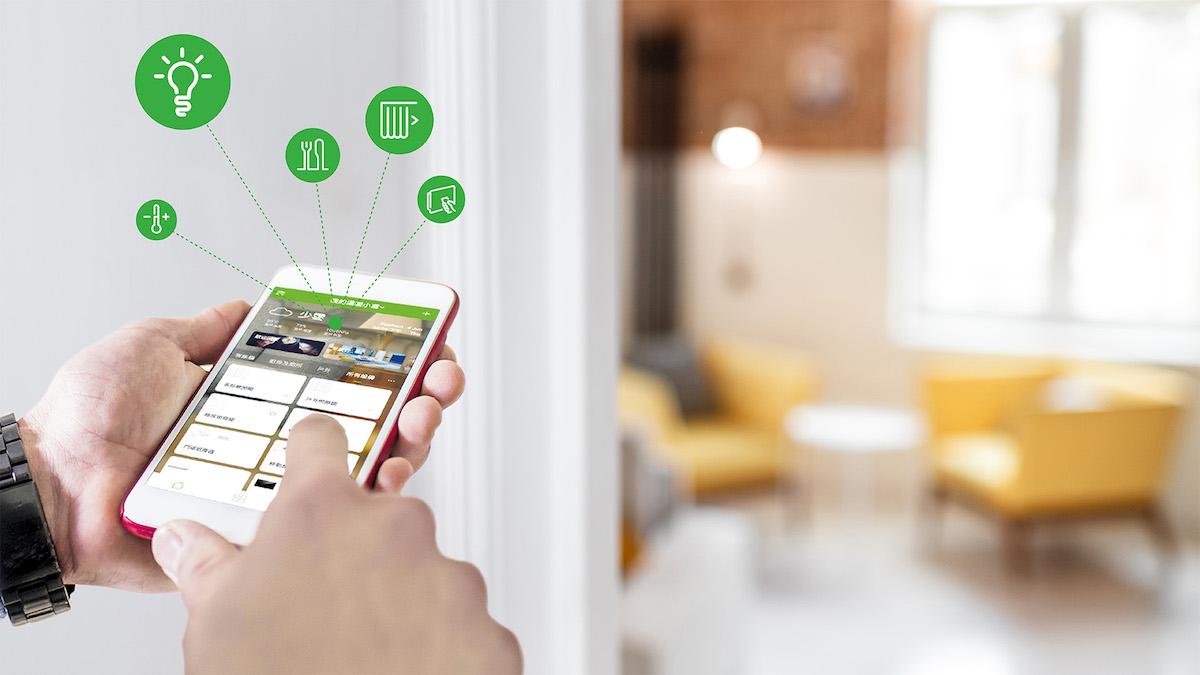Smart Home Solutions That Save Time
Aiden Foster August 20, 2025
In the fast-paced world of 2025, time is a luxury many can no longer afford. Between demanding work schedules, family commitments, and personal aspirations, finding moments of respite is increasingly challenging. Enter smart home technology—a realm where innovation meets convenience, offering solutions that not only enhance comfort but also reclaim precious time. This article delves into how emerging smart home trends are revolutionizing daily routines, making life more efficient and less stressful.

The Rise of AI-Driven Home Automation
Artificial Intelligence (AI) has transitioned from a futuristic concept to an integral part of our daily lives. In 2025, AI-powered smart home systems are at the forefront of time-saving innovations.
Personalized Automation
Modern AI systems learn from user behavior, adapting to individual preferences and routines. For instance, smart thermostats adjust temperatures based on your schedule, ensuring comfort without manual intervention. Similarly, AI-driven lighting systems can create ambiance by adjusting brightness and color temperature according to the time of day or activity.
Predictive Maintenance
Smart appliances now monitor their own health, predicting potential issues before they arise. Refrigerators can alert you when filters need changing, and washing machines can notify you of maintenance needs, preventing unexpected breakdowns and the time spent on repairs.
Seamless Integration
AI facilitates the integration of various smart devices, allowing them to work in harmony. A voice command can dim the lights, adjust the thermostat, and start the coffee maker simultaneously, streamlining multiple tasks into a single action.
Voice Assistants: The Command Center of Your Home
Voice assistants have evolved beyond simple tasks. In 2025, they serve as the central hub for managing smart home ecosystems.
Advanced Capabilities
With advancements in natural language processing, voice assistants can understand complex commands and context. For example, you can say, “Set the living room lights to movie mode,” and the system will adjust lighting and entertainment settings accordingly.
Multi-User Recognition
Modern voice assistants can differentiate between household members, offering personalized responses and actions. This feature ensures that commands are executed according to individual preferences, enhancing efficiency and reducing the need for manual adjustments.
Smart Appliances: Efficiency at Its Best
The kitchen, often considered the heart of the home, has become a hub for time-saving smart appliances.
Intelligent Cooking
Smart ovens and cooktops can suggest recipes based on available ingredients, adjust cooking times and temperatures automatically, and even monitor the cooking process remotely. This reduces the time spent planning and preparing meals.
Automated Cleaning
Dishwashers and refrigerators now feature smart capabilities, such as self-cleaning modes and inventory tracking. These appliances can notify you when supplies are low or when maintenance is required, ensuring they operate at peak efficiency.
Energy Management: Saving Time and Resources
Efficient energy use not only reduces bills but also minimizes the time spent managing household systems.
Smart Thermostats
These devices learn your schedule and adjust heating and cooling accordingly, ensuring comfort without manual input. Some models even adjust settings based on weather forecasts, optimizing energy use and reducing the need for constant monitoring.
Energy Monitoring Systems
Smart meters and plugs provide real-time insights into energy consumption, allowing you to identify and address inefficiencies promptly. Automated systems can turn off devices when not in use, conserving energy and reducing the time spent on manual checks.
Security and Surveillance: Peace of Mind with Minimal Effort
Home security has become more sophisticated, offering enhanced protection with less effort.
Smart Cameras and Sensors
These devices can detect unusual activity and send alerts to your smartphone, allowing you to monitor your home remotely. Some systems can differentiate between family members, pets, and intruders, reducing false alarms.
Automated Locking Systems
Smart locks can be programmed to lock doors at specified times or when the system detects that everyone has left the home. This automation ensures security without the need for manual checks.
Health and Wellness: Enhancing Well-Being with Technology
Smart home technology also contributes to personal well-being, promoting a healthier lifestyle with minimal effort.
Air Quality Monitoring
Devices that monitor and improve indoor air quality can adjust ventilation and filtration systems automatically, ensuring a healthy environment without manual intervention.
Sleep Optimization
Smart beds and sleep trackers analyze sleep patterns and adjust settings to enhance restfulness, promoting better health and reducing the time spent on sleep-related issues.
Seamless Ecosystems: The Future of Smart Homes
The integration of various smart devices into a cohesive ecosystem is the next frontier in home automation.
Unified Control Platforms
Platforms that allow centralized control of all smart devices simplify management and enhance efficiency. Through a single interface, users can monitor and control lighting, security, energy use, and more, saving time and reducing complexity.
Interoperability Standards
The adoption of universal standards ensures that devices from different manufacturers can work together seamlessly, eliminating compatibility issues and enhancing the user experience.
Getting Started: Building Your Time-Saving Smart Home
Embarking on the journey to a smarter home doesn’t have to be overwhelming.
Start Small
Begin with a few key devices, such as a smart thermostat or voice assistant, and gradually expand as you become more comfortable.
Choose Compatible Devices
Ensure that new devices are compatible with your existing systems to avoid integration issues.
Prioritize Needs
Focus on areas where automation can save the most time, such as lighting, security, and energy management.
Conclusion
The smart home solutions of 2025 offer more than just convenience—they provide tangible time savings, allowing individuals to focus on what truly matters. By embracing these technologies, homeowners can transform their living spaces into efficient, harmonious environments that support a balanced and fulfilling lifestyle. Beyond efficiency, smart homes enhance comfort, security, and personal well-being, making everyday life smoother and more enjoyable. As devices continue to evolve, the potential to save time and improve quality of life will only expand, turning ordinary homes into intelligent, responsive spaces tailored to individual needs.
References:
- The Verge. (2025, August 21). Gemini for Home is Google’s biggest smart home play in years. Available at: https://www.theverge.com (Accessed: 20 August 2025).
- DigiCrusader. (2025, May 15). AI in Smart Homes: 15 Revolutionary Automation Gadgets (2025). Available at: https://digicrusader.com (Accessed: 20 August 2025).
- Vivint. (2025, July 10). 2025 Smart Home Trends: How Connected Tech Is Transforming. Available at: https://www.vivint.com (Accessed: 20 August 2025).







